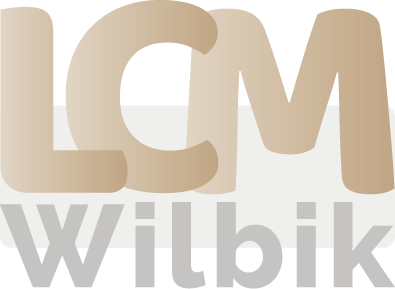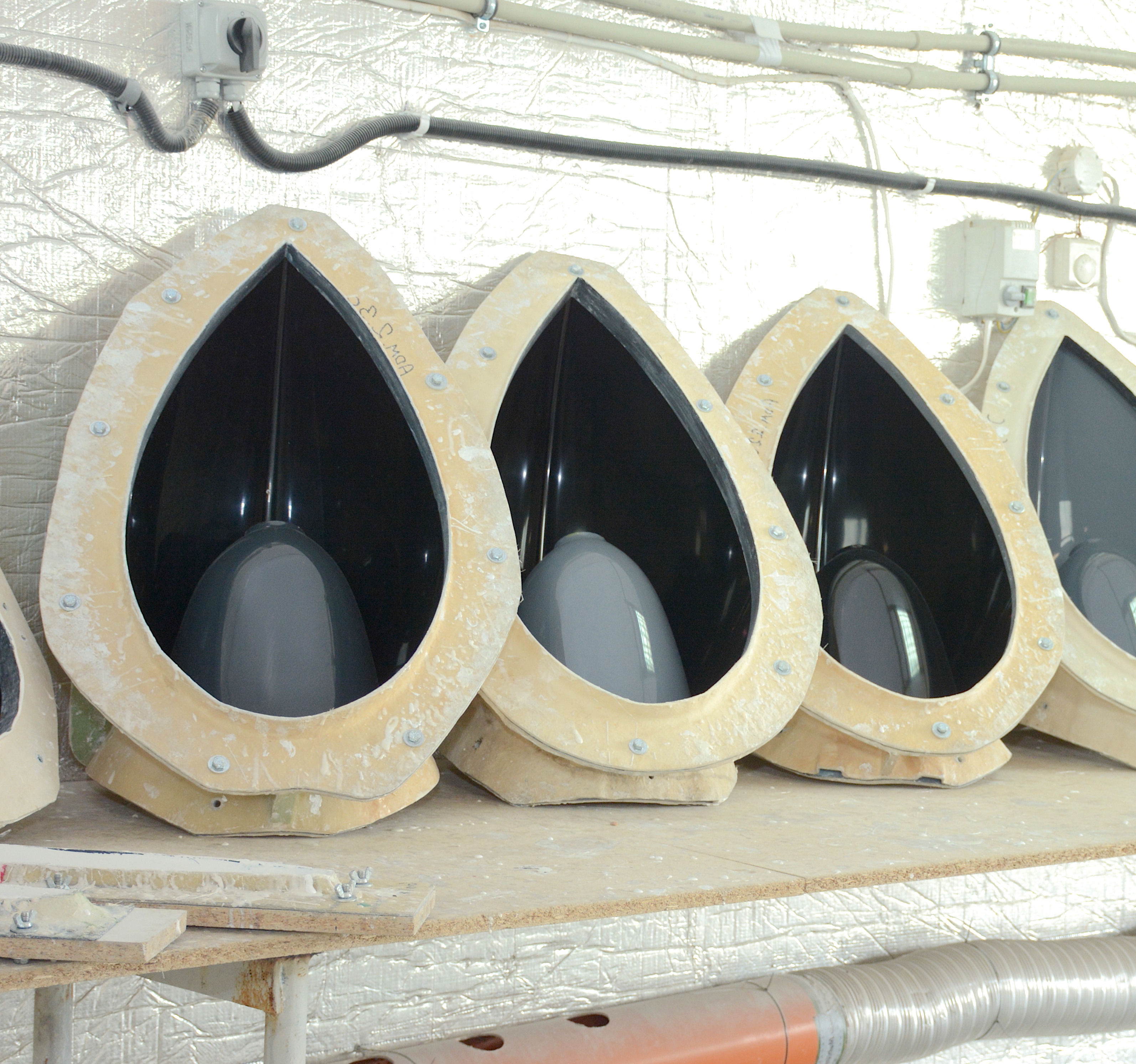What are composites?
These are the materials obtained from the combination of two or more substances. The idea of combining materials to achieve the enhanced properties of humanity is taken from nature, a great example is wood, which is a composite. Due to the wide range of applications for composites, we can obtain composites that meet a number of requirements, such as high mechanical strength, increased fire resistance and high temperatures, or increased thermal insulation. Such effect is achieved in the manufacturing process and by appropriate of additives.
Where do we use laminates?
Because of its extraordinary laminate properties, you can do virtually anything. A great example of the use of these capabilities is the production of such elements as: - hulls and decks of sailing boats and motor yachts Wind turbines with current turbines - vehicle body parts - sanitary fittings, swimming pools - cabins, tanks, buildings - sills, exterior decorative elements - decorative motifs and garden furniture
Why choose laminates?
The advantage over other composite materials are mainly:
- resistant to UV radiation
- no corrosion reaction
- water-resistant
- no effect oxidizes
- resistance to most chemicals
- high resistance to mechanical damage
- easy to repair if damaged


